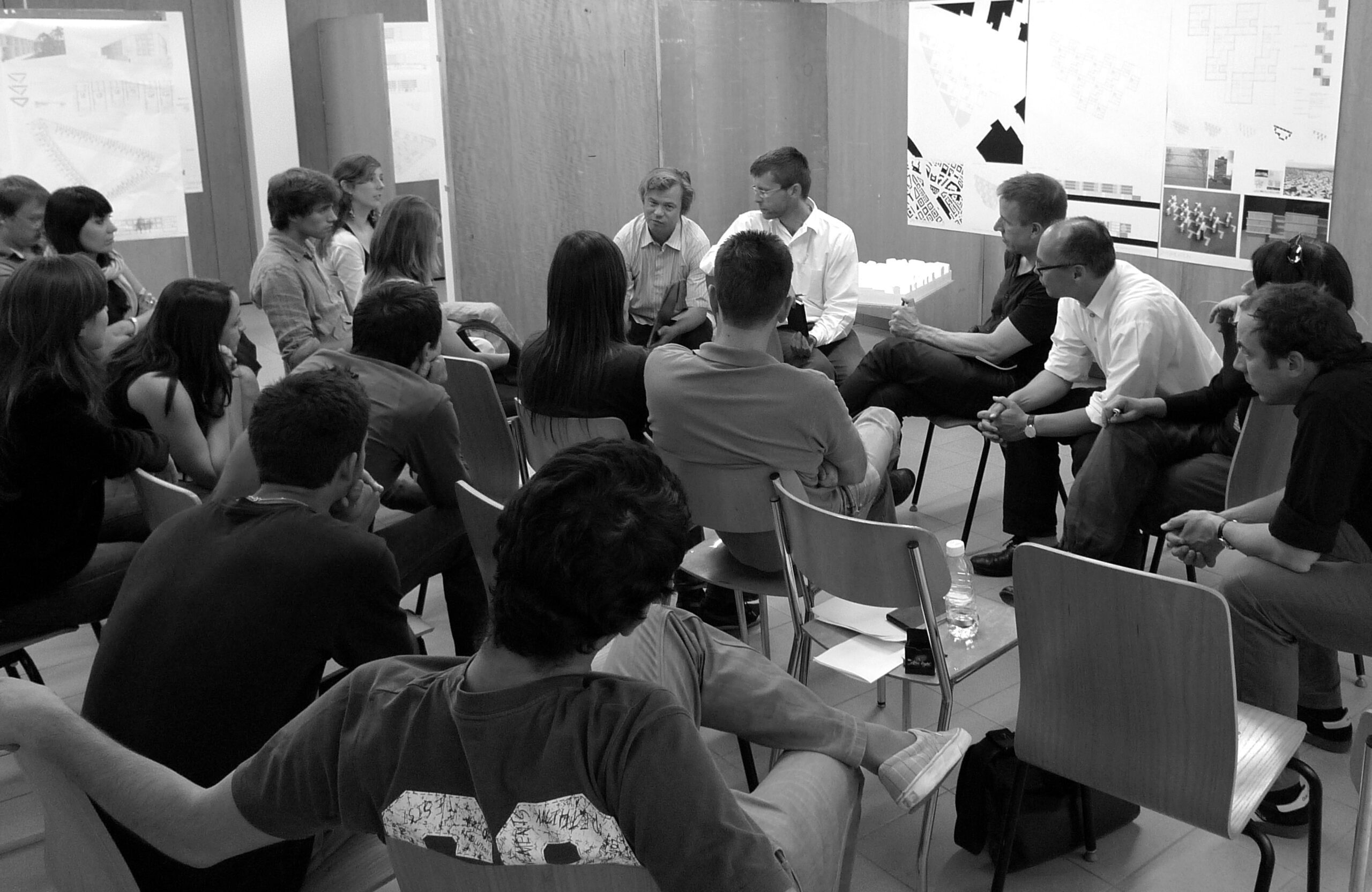Structure of the programme
The programme is structured according to a flexible semester plan consisting of a set of generally non-consecutive modules. The curriculum consists of three regular semesters and ends with a fourth semester devoted exclusively to the Master’s thesis. The programme takes two years on a full-time basis and counts as 120 ECTS credits, corresponding to approximately 3,600 hours of work.
Students may start the programme in either the autumn or spring semester. The organisation and progress of the various modules are set out in a semester calendar coordinated between the three partner sites.
The JMA practices a so-called vertical teaching system which allows students in the first three semesters to take the same modules, with no distinctions related to their progress in the course. This gives them the opportunity to meet each other, to share knowledge and to benefit from informal reciprocal learning, free from the traditional system of stratification by year.
Part-time studies
The programme can also be taken part-time over five to eight semesters, for a maximum duration of four years.
The modularity and flexibility of the study plan allow students to adapt the workload of their academic programme to their professional or personal constraints. They also have the possibility of alternating full-time and part-time studies from one semester to the next throughout the entire programme. The Master’s thesis is normally completed in a single full-time semester.
Internal mobility
Students may enrol in any the modules offered by the partner sites within the framework of the programme, regardless of their university of registration. They thus have a wide and complementary choice of courses that allows them to shape their curriculum according to their personal interests and the skills they wish to develop, in compliance with the study plan.
Theoretical seminars 1 and 2 will be organised by each of the partner sites in turn and will bring together most of the students from the first three semesters at the same teaching location. They can thus familiarise themselves with the practices of the different sites and build relationships with all of the instructors and students. This mode of instruction allows students to broaden their cultural and theoretical frame of reference while developing their network beyond their main site of activity.
The instruction offered by the JMA also promotes multilingualism: all modules are offered in at least one of the three languages used in the programme (French, German, English).
International mobility
Thanks to a series of international agreements concluded by both BFH and HES-SO, students have the opportunity to complete part of their education at selected foreign universities. Out of the 120 ECTS credits in the study plan, the JMA will recognise up to 43 ECTS credits acquired from other universities in the context of an international exchange. The Master’s thesis must be completed at one of the JMA’s partner sites.
Transdisciplinary collaborations
The transdisciplinarity of the teaching offered by the JMA is reinforced by collaborations, within the framework of certain modules, with other programmes such as the Master’s degree in interior architecture (MAIA) of the Geneva University of Art and Design (HES-SO – HEAD-Genève).
These collaborations allow JMA students to broaden their knowledge by working with instructors and students specialising in fields peripheral to their own.


